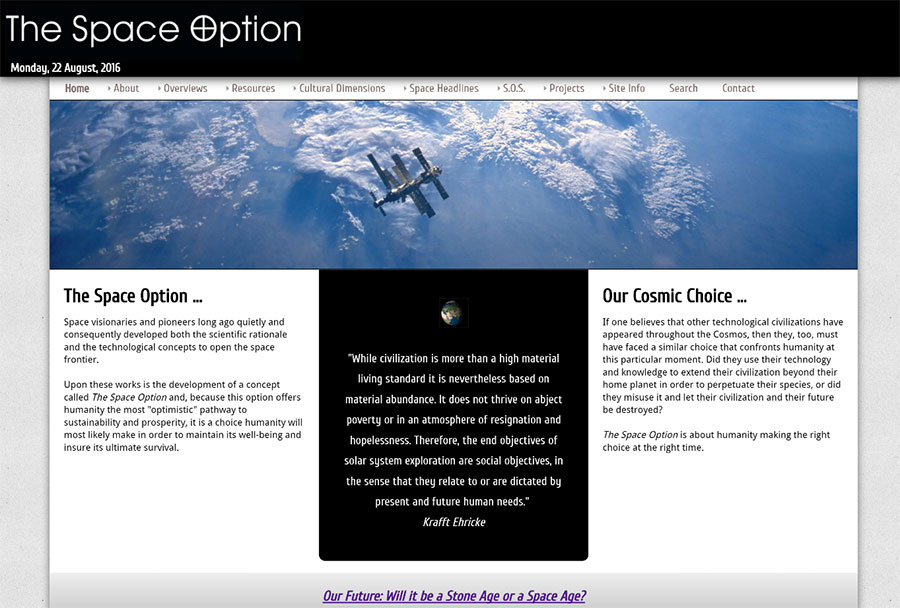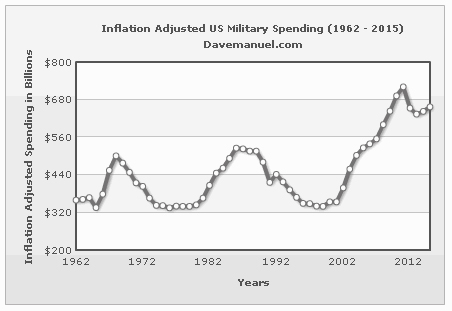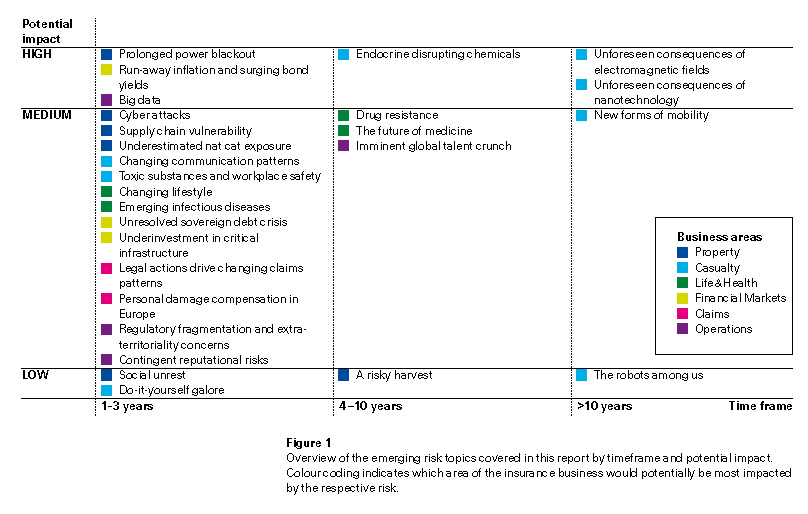Peace on Earth, Peace off Earth, Peace with Earth
Our Window of Opportunity
Our civilization has the means today to implement the Space Option but not yet the commitment. However, if our species does not soon embrace this unique opportunity with sufficient commitment, it may miss its one and only chance to do so.
In July of 2013, the International Academy of Astronautics hosted the 8th IAA Symposium on The Future of Space Exploration - Towards The Stars in Turin, Italy. In addition to science and technology sessions several sessions were also devoted to the motivational, cultural and ethical aspects of space exploration and development.

I made a presentation about the new Space Option website which focused on the origin and background of the concept, our Cosmic Choice aspect, and the goals and the design characteristics of the website. Marco C. Bernasconi presented his latest thoughts on the ethical aspects of the Space Option to make people more secure. Based on feedback given, we had the impression that our presentations were generally well received and we were pleased when several subsequent speakers even mentioned or referred to the Space Option in their own presentations.
One question from the audience addressed the time frame and urgency for implementing the Space Option; specifically what was my opinion on the “window of opportunity”. I answered that there were already a number of existing threats to society that could possibly preclude any efforts to implement the Space Option in a reasonable time frame for it to make a difference for securing the future of humanity.
Indeed, in the closing session of the event the organizers of the conference prepared a “Synthesis of the Symposium” which grouped some of the main conference topics into chronological groups such as near term, mid-term and long term relevance to the future of space exploration. They viewed that Moon and Mars programs and robotic Solar System exploration to be most relevant for space community in the near time horizon. Space tourism and asteroid mining were considered to be mid-term space objectives. Interstellar activities, the Space Elevator and the Space Option were objectives that would or could be addressed in the future.
In the early 1990’s, our first publications about the Space Option concept mentioned that a limited “window of opportunity” existed. In “Implementing the Space Option: Elaboration & Dissemination of a New Rationale for Space” which was published in 1993 we wrote:
“But there is also an urgency to begin the realization of such an option: numerous students of the matter have come to the conclusion that there exists a window of opportunity that will last only a few decades, before being closed by degrading material and sociological conditions.”
In an editorial which appeared in Space News in 1995 we wrote:
“Our civilization is at its peak - we have the means today to implement the Space Option but not yet the commitment. However, if our species does not soon embrace this unique opportunity with sufficient commitment, it may miss its one and only chance to do so. Humanity could soon be overwhelmed by one or more of the many challenges it now faces. The window of opportunity is closing as fast as the population is increasing. In the 21st century, the main challenge to the space community will be informing and then convincing the public of the viability of the Space Option as the only optimistic alternative to the other current approaches to human destiny because our future will be either "A Space Age or a Stone Age".
In 1993, we listed the following issues confronting society to be particularly urgent:
- food shortages and famines
- overpopulation
- the growth of pollution
- the energy crisis
- ecological imbalances
- depletion of natural resources
We also pointed out that one or a combination of the above crises could overcome humanity’s abilities to react effectively and thus reduce the possibility of it becoming a spacefaring species which in turn would negatively affect its future chances for sustaining current civilization on Earth and, consequently, its survival as a species.
So we must now ask: “What has changed in the past two decades?” and "Has the “window of opportunity” gotten smaller or larger?"
On the positive side, during the past two decades space technologies have enabled and enhanced the advent of the Internet technologies allowing people from around the world to immediately access and exchange information in unprecedented ways. These technologies have also played a significant role helping the globalization of the world economy which has fostered a rising standard of living for a larger percentage of the world’s people. Space science has increased our both awareness and understanding of our place in the universe while significantly advancing our knowledge about our own planet. Most recently, we have seen the emergence of the NewSpace industries to commercially develop space activities and making access to space more available to private companies and individuals.
On the geo-political front, there was much optimism about the end of the of Cold War in 1991 – and that the expected “peace dividend” could be turned into actions and programs making our world more safe and prosperous as resources once directed to military activities were applied to more productive activities. This may have the moment when the window of opportunity for humanity to become a spacefaring race was at its peak. As the Cold War was a really good business for the military-industrial complex, its demise impacted the profits of these industries so that other “war” opportunities had to be found (or created) in order for these industries to continue making large profits.
As we can see, the expected “peace dividend” failed to materialize as military expenditures have been increasing at even higher rates than during the Cold War. Indeed, since September 11, 2001 U.S. military spending has roughly doubled in the past decade.
The first Iraq Gulf War took place in 1990-1991. Soon after was the Bosnian War (1992-1995) More significantly it was the 9/11 World Trade Center attack that led to the wars in Afghanistan (2001 – present) the second Iraq War (2003-2012) and also to the military interventions in Pakistan, Yemen, Libya, Egypt, Mali and Syria. The recent escalation in the Syria conflict brought the nuclear super-powers into a confrontational situation that could, as some analysts warned, totally destabilize the Middle East and could potentially lead to World War III. Luckily, as of this writing, this has been postponed for the moment.
In my presentation, I pointed that one of the cosmic choices facing humanity was between “More Space or More War” - a topic which I have also addressed in the article More Space or More War?.
In 1990 the world population was estimated at approximately 5.2 billion. Today, it is around 6.9 billion. It is also estimated that almost 216 million people or 3.15%of the world population are considered to be migrants – a number that has also doubled in the past two decades. While the standard of living has increased for many in this same period, the demand for energy and other natural resources has also dramatically increased worldwide. This has also led to increased military conflict.
In his 2001 book Resource Wars, Michael Klare wrote:
“Natural resources are the building blocks of civilization and an essential requirement of daily existence. The inhabitants of planet Earth have been blessed with a vast supply of most basic materials. But we are placing increased pressure on those supplies, and in some cases we face, in our lifetimes, or those of our children, the prospect of severe resource depletion.” More than ever, as he points out today, this remains a planetary reality with which we have still not truly come to grips. Since the beginning of this new century, however, climate change has joined resource scarcity in a way that will make for a far more combustible and explosive reality in the coming decades. ”
The recent assessment (2013) by the Intergovernmental Panel on Climate Change (IPCC) has reinforced the dire predictions of its earlier reports. One of their key findings was that we need to emit no more than one trillion tons of carbon in order to stand a good chance of limiting global warming to 2 °C. MIT writes: “The problem is this: technology is not progressing fast enough to make this happen.” They predict that a warmer planet will lead to a rise in sea levels, ocean acidification, a shift in food productions regions and more migration pressures. Quite simply, these trends could compromise our very existence.
On the environmental front there was the Deepwater Horizon oil spill in 2010 and in 2011 there was the Fukushima Daiichi nuclear disaster. The ultimate consequences – ecological, health, financial, political - of these two environmental disasters are still being calculated. These two events underscore the reality that humanity’s reliance of these two primary sources for its energy needs is not without danger to civilization as well as to the entire ecological infrastructure that it shares with all other life on the planet.
Since 2008, the world economy has been in a perpetual state of crisis. The debt levels of many countries are beyond sustainable levels. Apparently, the only action that is preventing a worldwide financial meltdown is the unlimited printing and circulation of ever increasing amounts of valueless currencies. Although no one can predict exactly when a global economic collapse may occur as a result of this situation, it appears that it will happen rather sooner than later. The consequences for the world economy would be dire and, as a result, humanity’s ability to meet its other challenges would be severely compromised.
A number of analysts have pointed out other human induced threats to our future. The newly formed Cambridge Centre for the Study of Existential Risk (CSER) which is led by the Astronomer Royal and Cambridge scientist Lord Martin Rees and includes prominent thinkers such as physicist Stephen Hawking and former Government chief scientist Robert May has drawn up a doomsday list of risks that could wipe out mankind. Once the threats have been identified, the group intends to devise ways of 'ensuring our own species has a long-term future'. Although nuclear annihilation and a giant asteroid obliterating the planet remain distinct, if unlikely possibilities, Lord Rees now believes “the main threats to sustained human existence now come from people, not from nature.” These risks include:
- Intelligent technology - A network of computers could develop a mind of its own which would then direct resources towards there own goals at the expense of human needs.
- Cyber attacks - directed at the power grids, air traffic control, banking and communication systems
- Engineered infection – a man-made super virus or bacteria escapes the lab or is a terrorist action
- Food supply sabotage – as most Western countries only have a 48 hour food reserve stockpiles
- Extreme weather – as the Earth continues to warm – tipping points may be reached resulting in irreversible and worsening natural disasters
- Fast spreading epidemic from a new killer virus
- War – i.e. resource and territorial wars
- Nuclear apocalypse – always a possibility as long as nuclear arsenals exist
- Asteroid impact – will happen sooner or later
In a similar vein the Swiss reinsurer Swiss Re recently released a risk assessment report addressing foreseeable risks to the insurance industry.

Image: Swiss Re SONAR Emerging risk insights
Their report states:
"The majority of topics were rated by Swiss Re as being of medium impact for the insurance industry. With regard to time frame, most topics were assessed as being rather imminent – with the exception of four Casualty-related topics which are expected to manifest only in the more distant future. The topics “prolonged power blackout“, “run-away inflation and surging bond yields“ and “big data“ were assessed as being of highest concern as they could have a high impact on the entire insurance industry and might occur within a short period of time. Further topics assessed as potentially having a high impact are three casualty topics; these are characterized by their long latency periods: “endocrine disrupting chemicals“, “unforeseen consequences of nanotechnology“ and “unforeseen consequences of electromagnetic fields“."
As to the above issues mentioned by these organizations which are of our own making and, as such, could be addressed and even potentially solved with appropriate actions by the world community, we cannot ignore the other threats to civilization that are not the result of human activities.
The major earthquakes that have occurred in recent years should warn us that a major volcanic event which would cloud the atmosphere for a number of years could actually happen at any time. With or without human activities, the climate is always changing as it has been shown to be cyclic in the past. Likewise, our sun’s activities, too, are also of a cyclic nature. A major solar flare could dramatically affect our global communication system which is heavily reliant on satellites i.e. "the unforeseen consequences of electromagnetic fields".
The impact of the comet Shoemaker-Levy 9 into Jupiter in 1994 showed us that major events in our immediate cosmic vicinity can and do happen in our lifetimes. Indeed, the Chelyabinsk meteor which impacted Russia earlier this year, with an estimated initial mass of about 10,000 tons, exploded in the atmosphere with 20–30 times more energy than was released from the atomic bomb detonated at Hiroshima. The fact that this object was undetected before it entered the atmosphere is yet another warning about our vulnerability to cosmic events beyond our control and our present ability to respond or adapt.
The message that we should have learned is that nature, be it of a human, terrestrial or cosmic origin, is unpredictable and carries with it unpredictable consequences. The fact that humanity has survived and thrived as a species up until now can be attributed to its abilities to adapt and some good luck on the evolutionary path.
As we have seen, the risks to civilization have not improved in the past two decades but have actually increased. As before, it is still obvious that the most immediate dangers are related to the mounting social, political, economic and environmental pressures listed above and that one or more of these complex issues may result in a major global catastrophe which will overpower humanity's abilities to cope and respond.
Many of these issues can be linked to the energy question. Although sufficient energy will not solve all of humanity's problems, it would be much easier to address many of these problems in an energy-rich world rather than in an energy-starved one. The key aspect of the Space Option is the immediate development of Space Based Solar Power which would also catalyze the creation of an infrastructure in space that could enable us to meet and respond to some of the more cosmic threats that are beyond our means today. An outpost of civilization off-Earth would also be an important part of any long-term survival strategy.
Returning to our question: Has the “window of opportunity” gotten smaller or larger?
It is obvious that our window has definitely narrowed in the past twenty years. In the meantime, we have created new knowledge and new technologies to assist our efforts - especially in the area of space technology. However, the risk factor has also increased at a much faster rate and new risks have appeared as well. Thus, it should also be evident that the window of opportunity to insure the survival of our civilization and to become a spacefaring species may not be open much longer - if indeed it is still open.
It may not be too late, but we are living on borrowed time and time is running out.
References
The Growth of US Military Spending Over the Years
http://www.davemanuel.com/2010/06/14/us-military-spending-over-the-years
Implementing the Space Option: Elaboration and Dissemination of a New Rationale For Space.
http://thespaceoption.com/PPH-93-008-I.php
Choosing A Space Age Or A Stone Age...Space News - Oct. 2- 8, 1995
http://thespaceoption.com/space_news_commentary_1995.php
peoplemovin -migration flows across the world.
http://peoplemov.in/#!
Resource Wars: The New Landscape of Global Conflict With a New , Michael Klare
http://www.amazon.com/dp/0805055762/
Technology Is Moving Too Slowly to Make Climate-Change Target - MIT Technology Review
http://www.technologyreview.com/news/519761/technology-is-moving-too-slowly-to-make-climate-change-target/
Report - IPCC - Intergovernmental Panel on Climate Change
http://www.ipcc.ch/report/ar5/wg1/
A near miss for Earth: Solar flare that could have knocked out power, cars and phones came so close two weeks ago. Daily Mail
http://www.dailymail.co.uk/sciencetech/article-2382527/A-near-miss-Earth-Devastating-electromagnetic-pulses-knocked-power-cars-phones-occured-weeks-ago.html#ixzz2h2MISOhd
The Cambridge Centre for the Study of Existential Risk
http://cser.org/
Killer robots and crippling cyber attacks: How the world is going to end - according to super brains such as Stephen Hawking - Daily Mail
http://www.dailymail.co.uk/sciencetech/article-2418990/Science-superheroes-famous-thinkers-form-doomsday-society-save-humanity-asteroids-pandemics--itself.html
Swiss Re SONAR Emerging risk insights
http://files.newsnetz.ch/upload//3/0/30072.pdf
